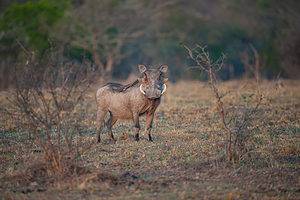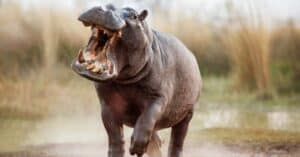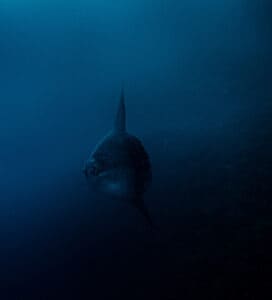Within the last 500 years, more than 800 species of animal have gone extinct due to human activity. And more endangered animals creep closer to extinction every day. According to the International Union for Conservation of Nature and Natural Resources (IUCN) Red List of Threatened Species, there are currently 38,000 species under threat and 16,300 species that are endangered. But which animals are at the highest risk of extinction? Read on to learn about 17 of the most endangered animals in the world.
17. Mountain Gorilla
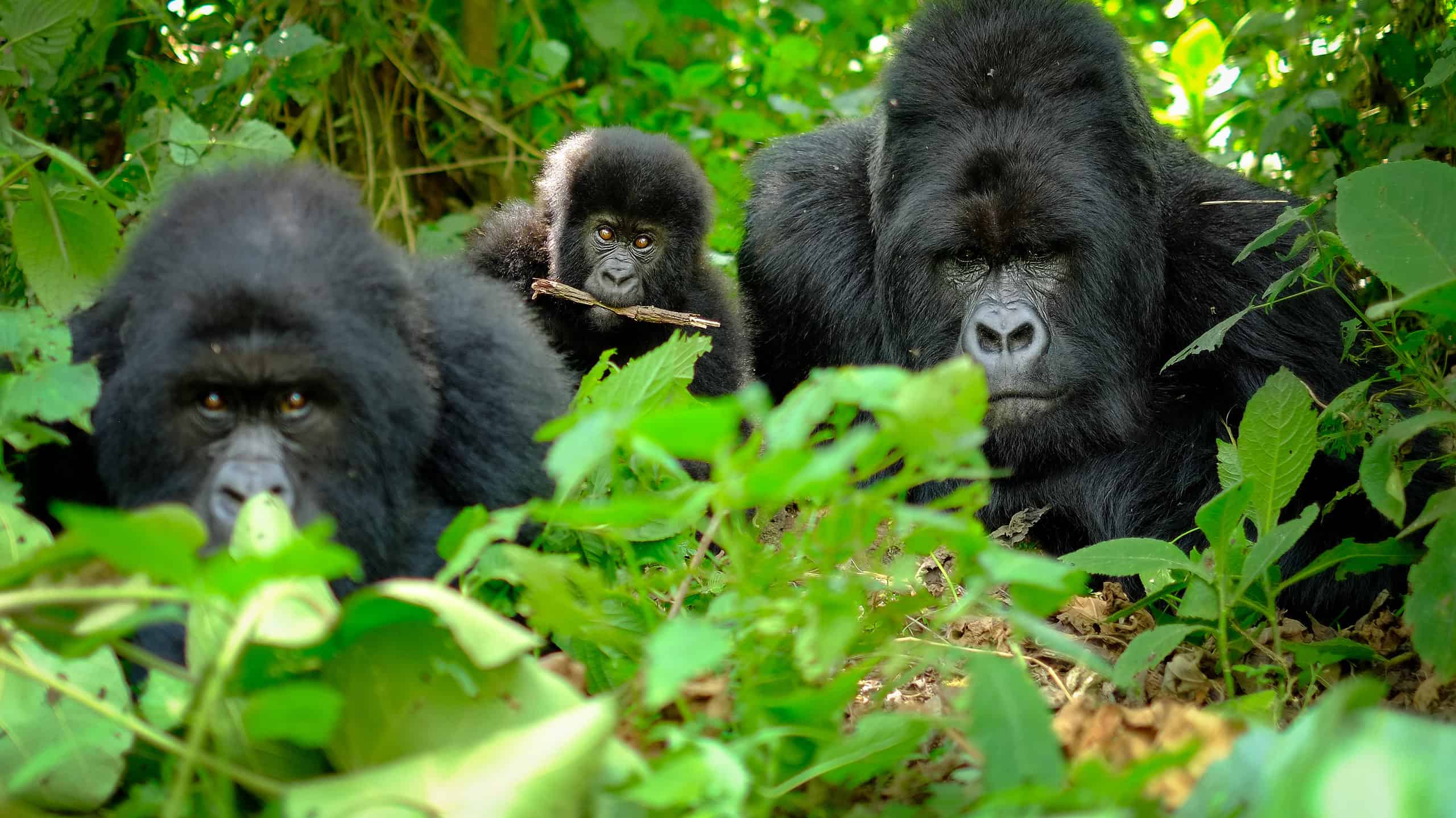
Mountain gorillas are a subspecies of the eastern
gorilla
.
©Marian Galovic/Shutterstock.com
Iin Rwanda, Uganda, and Congo’s Virunga Mountains the mountain gorilla’s habitat has been threatened by deforestation and human encroachment. Bush hunting and poaching have also greatly reduced populations, which plummeted in the 1970s and early 1980s. Now, there are only an estimated 1,000 of these gorillas left in the wild.
However, the situation has been even more dire in the past. Dian Fossey’s dedication to protecting mountain gorillas has been critical to keeping the species from extinction. Conservation efforts based on her work (in conjunction with governments) have helped gorilla populations grow and help these endangered animals. In 1981, the mountain gorilla population numbered only 254 individuals. Thanks to conservation initiatives, this number has nearly quadrupled today.
16. Tapanuli Orangutan
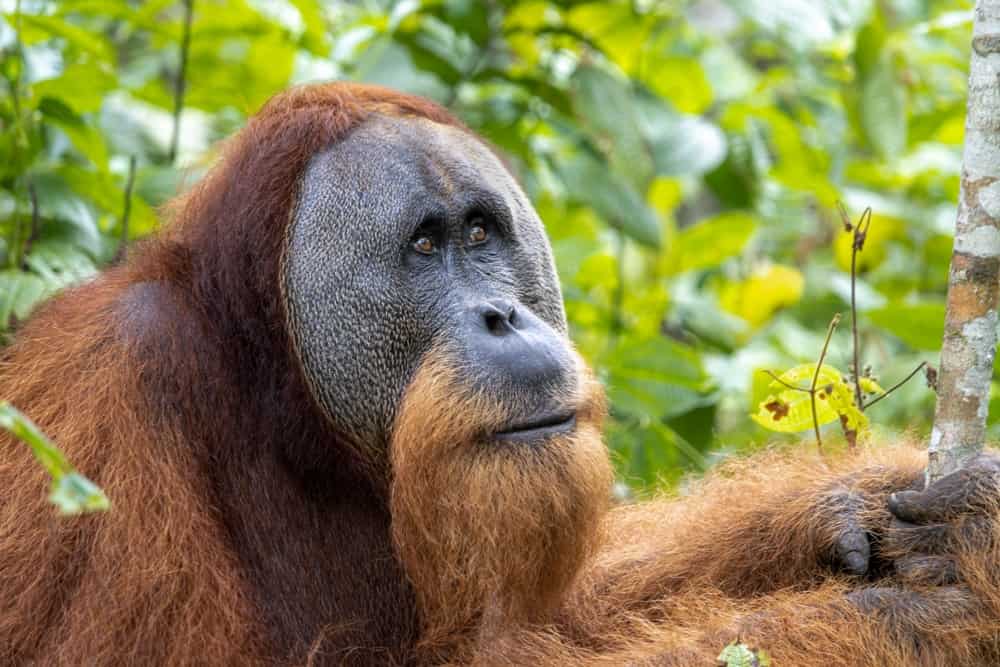
Tapanuli orangutans are the most endangered of the three
orangutan
species.
©Wirestock Creators/Shutterstock.com
All three orangutan species (the Bornean, Sumatran, and Tapanuli) are critically endangered animals, but the Tapanuli’s population is particularly low. First identified as defined as a distinct species in 2017, the Tapanuli orangutan has a smaller head and flatter face than other orangutans. Found in North Sumatra, Indonesia, there are only 800 of these orangutans left in the wild, making them the most endangered great ape in the world.
While hunting is a major concern, orangutan populations are also under immense threat from habitat destruction as their rainforest territories are deforested down for palm oil plantations. Tapanuli populations are now restricted to a mere 1,000 square kilometers of forest — just 2.5% of their historical range at the end of the 19th century.
15. Saola
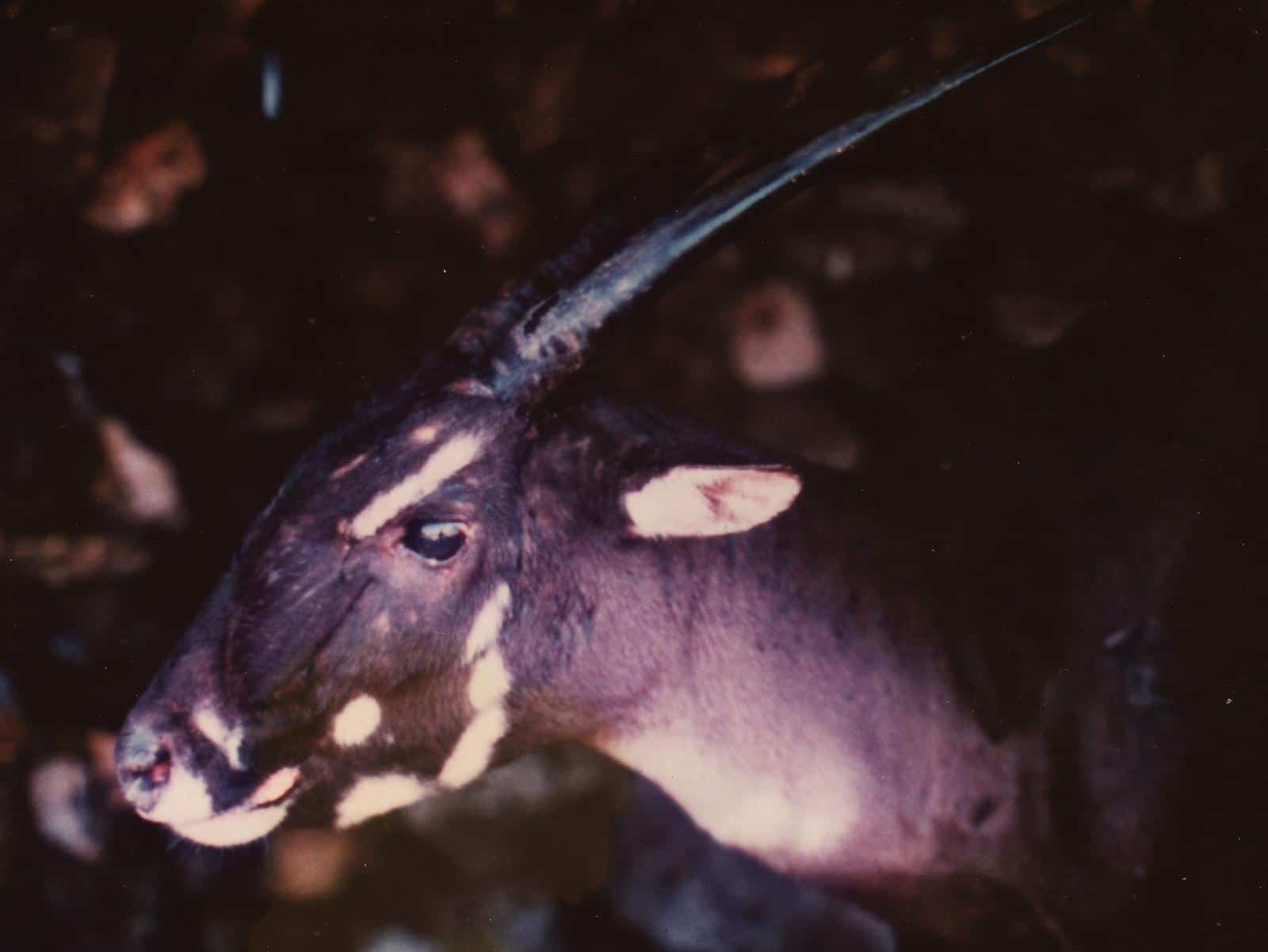
Despite its size, the saola was not discovered by researchers until 1992.
If you’ve never heard of a saola, you aren’t alone. Native to Vietnam and Laos, the “Asian unicorn” wasn’t discovered until May 1992. Attempts to keep saolas in captivity have failed, with the animals dying within weeks or months. This is a huge blow to potential conservation efforts, as captive breeding programs are not an option. While exact population numbers are unknown, researchers estimate that there are fewer than 750 of these endangered animals left, with the remaining saola population potentially being as low as 25.
14. California Condor
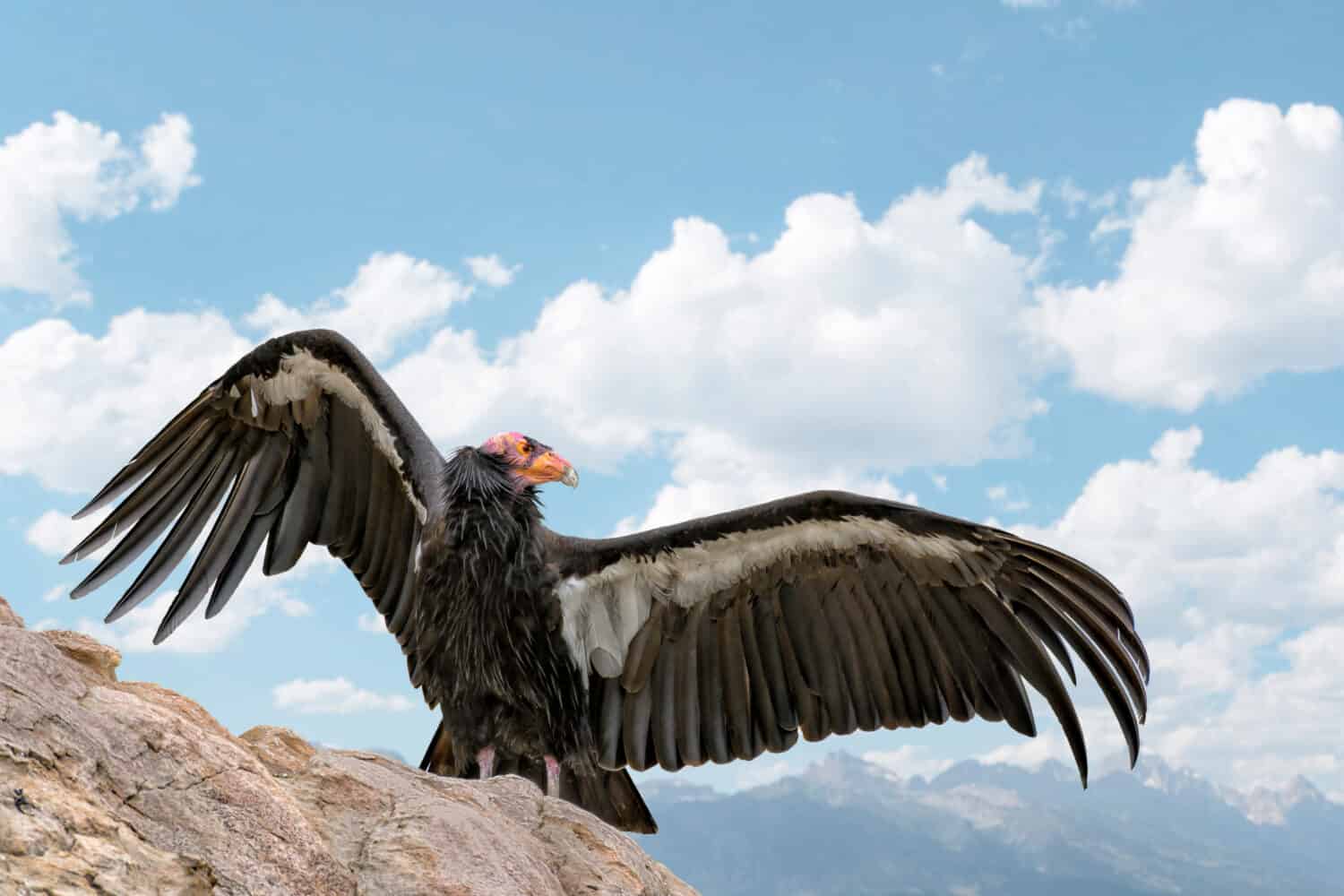
The California condor is the largest bird in North America.
©Barbara Ash/Shutterstock.com
Boasting a wingspan of 9.5 feet, the California condor is no small bird. What is small, however, is their population. The largest bird in North America became extinct in the wild in 1987 after the remaining wild birds were captured and used in captive breeding programs.
While these programs have been successful, the condor is still one of the rarest bird species in the world and is a critically endangered animal. As of August 2023, there were 559 California condors in the wild in southern California, around the Grand Canyon in Arizona, and in the Baja California mountains.
13. Black-footed ferret
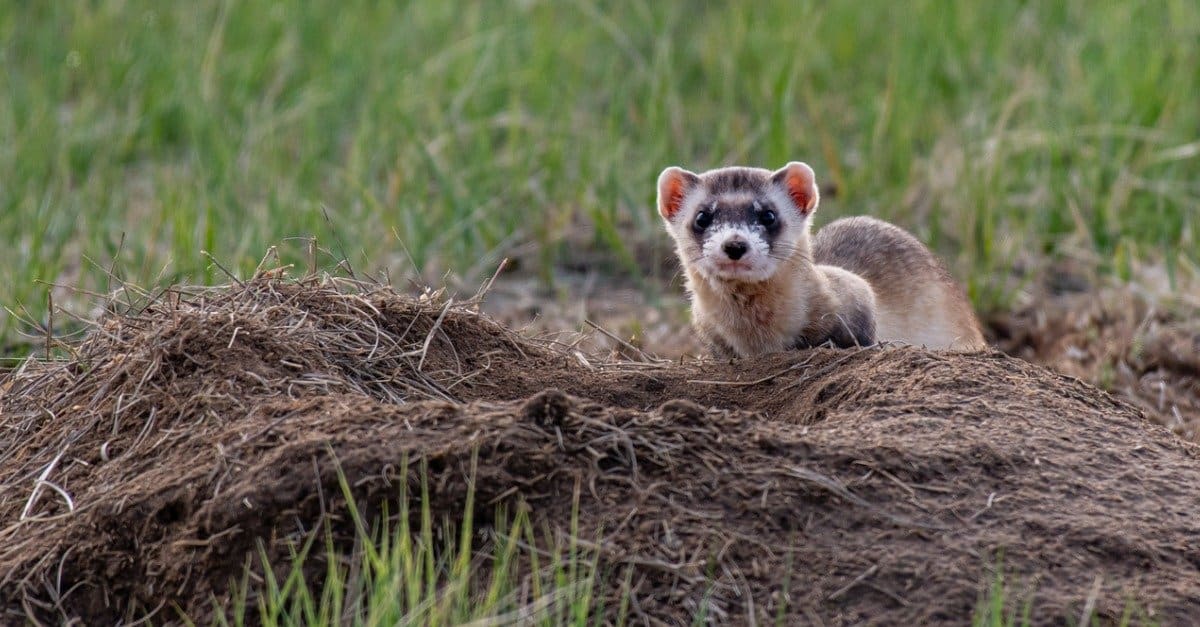
The
black-footed ferret
is roughly the size of a mink.
©iStock.com/Kerry Hargrove
Black-footed ferrets are the only ferret species native to the Americas, and their populations numbered between 500,000 to one million animals in the late 1800s. However, due to prairie dog competition and agricultural expansion, populations dropped so drastically that the black-footed ferret was believed to be extinct in the 1950s. Thanks to captive breeding programs that began in the 1980s and continue today, there are now around 350 black-footed ferrets.
12. North Atlantic Right Whale
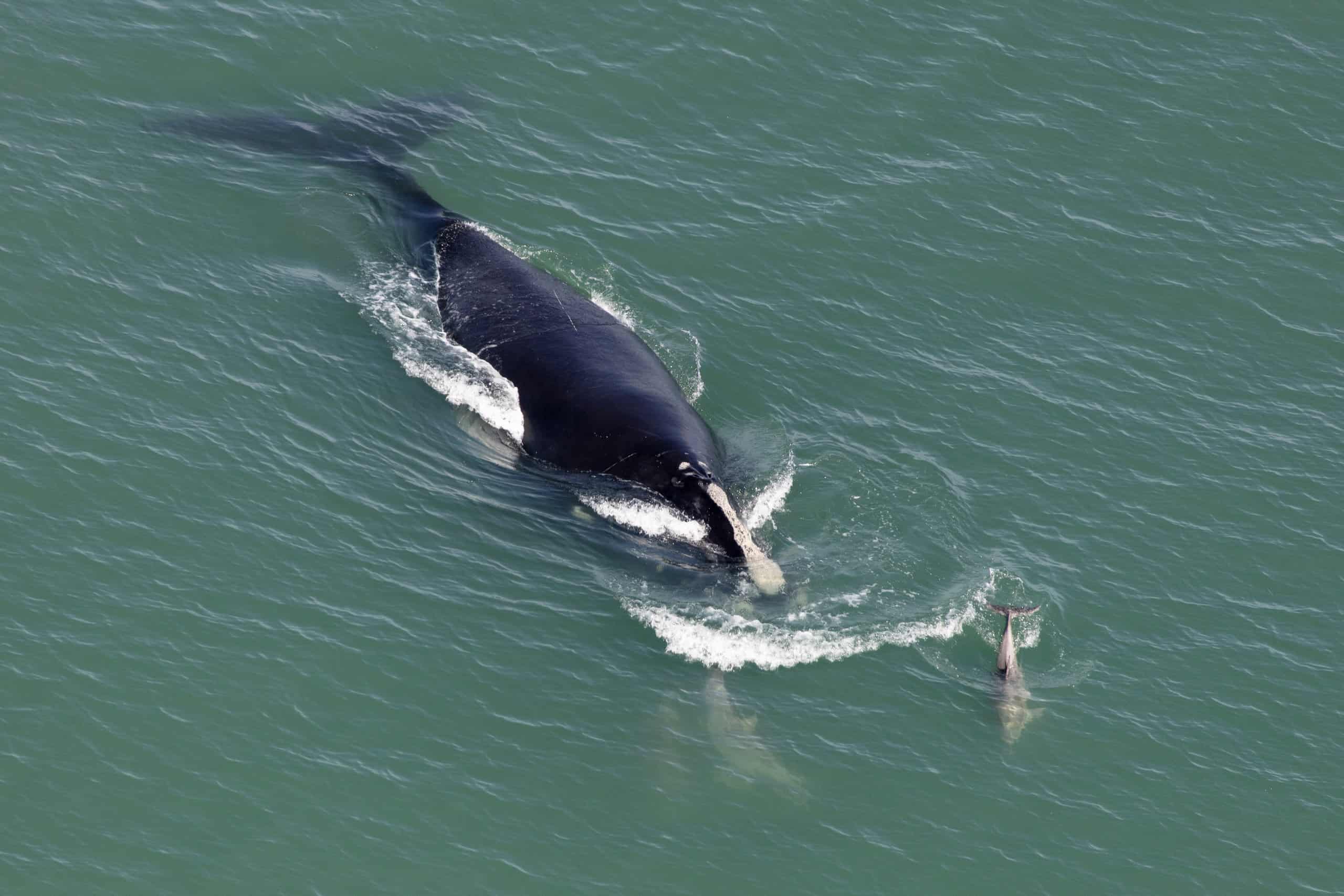
North Atlantic right whales are baleen whales that eat zooplankton, krill, and small crustaceans.
©iStock.com/6381380
The North Atlantic right whale is the most endangered large whale, with fewer than 350 left in the wild. The right whale got its name because whalers in the 1800s considered it the “right whale” to hunt, as the whales floated after they were killed. This pursuit of the whales nearly forced the species into extinction by the 1890s.
While whaling is no longer a threat, right whale populations have not rebounded well. Collisions with ships and fishing-gear entanglement present serious threats. Between 2017 and 2023, researchers documented 121 dead, seriously injured, or ill North Atlantic right whales — nearly 20% of the population.
11. Kākāpō
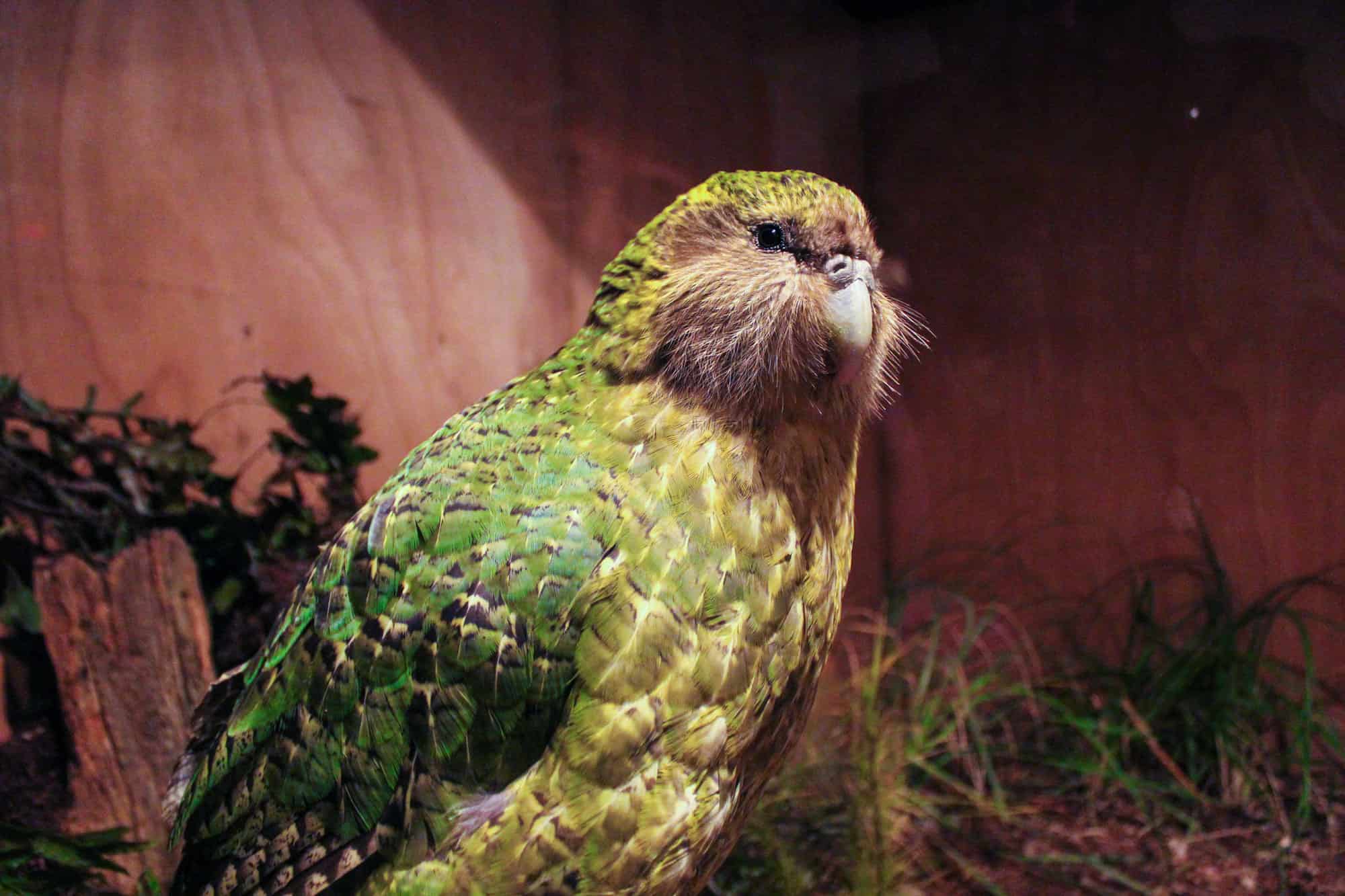
The kākāpō has a long lifespan of up to 60 years.
©Imogen Warren/Shutterstock.com
When there are only around 200 animals left, any population can be counted as a boom! Between 2021 and 2022, the kākāpō population in New Zealand rose by 25% to a total of 252 birds, which was additionally up from 86 in 2002.
The population growth of these large flightless parrots was due to many conservation efforts, including microchipping, genetic sequencing, and artificial insemination. Due to the small population, inbreeding has rendered many eggs infertile, but artificial insemination has helped boost the population. While kākāpō were once plentiful across New Zealand, the introduction of humans (and the accompanying rats, cats, and stoats) nearly eradicated the birds. By the 1970s, kākāpō were temporarily believed to be entirely extinct, before two small populations were rediscovered. They are now considered to be critically endangered animals.
10. Red-Fronted Macaw
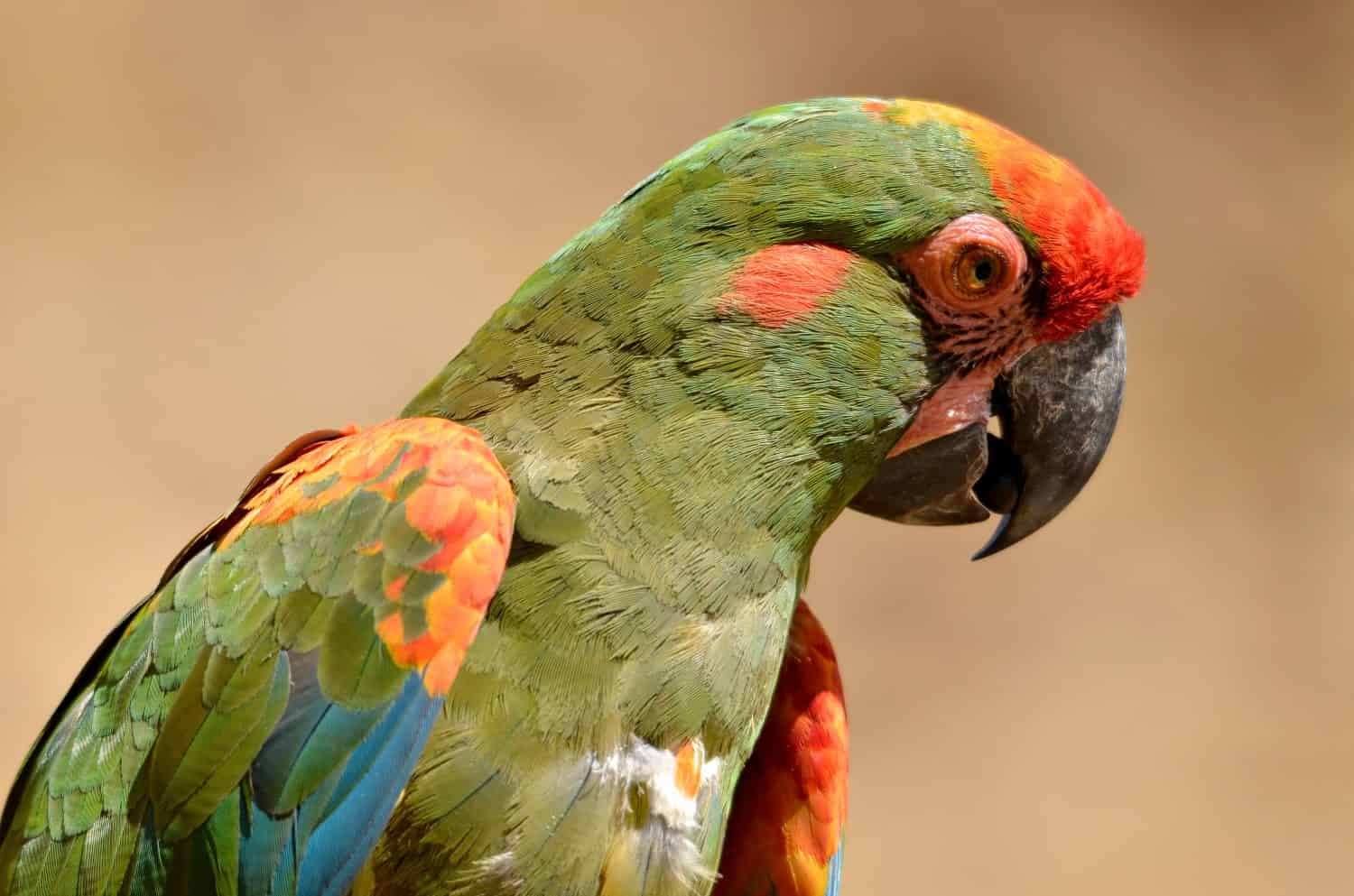
Red-fronted macaws are highly intelligent and can learn to whistle and speak.
©Christian Musat/Shutterstock.com
Native to the dry scrub forests in the Andean valleys of Bolivia, the red-fronted macaw has a mixed reputation. While it was adopted as a Bolivian symbol of pride in Bolivia (and its likeness can be found on government buildings and vehicles), the macaw has also been persecuted as a crop pest. Combined with the illegal pet trade, habitat loss, and crop pesticide poisoning, the red-fronted macaw population has taken a huge hit.
As a result, there are a mere 134-272 macaws estimated to be left in the wild. A 120-acre preserve was founded to help protect the remaining birds, and a 500,000-acre area has been established where hunting, logging, and development are restricted.
9. Florida Panther
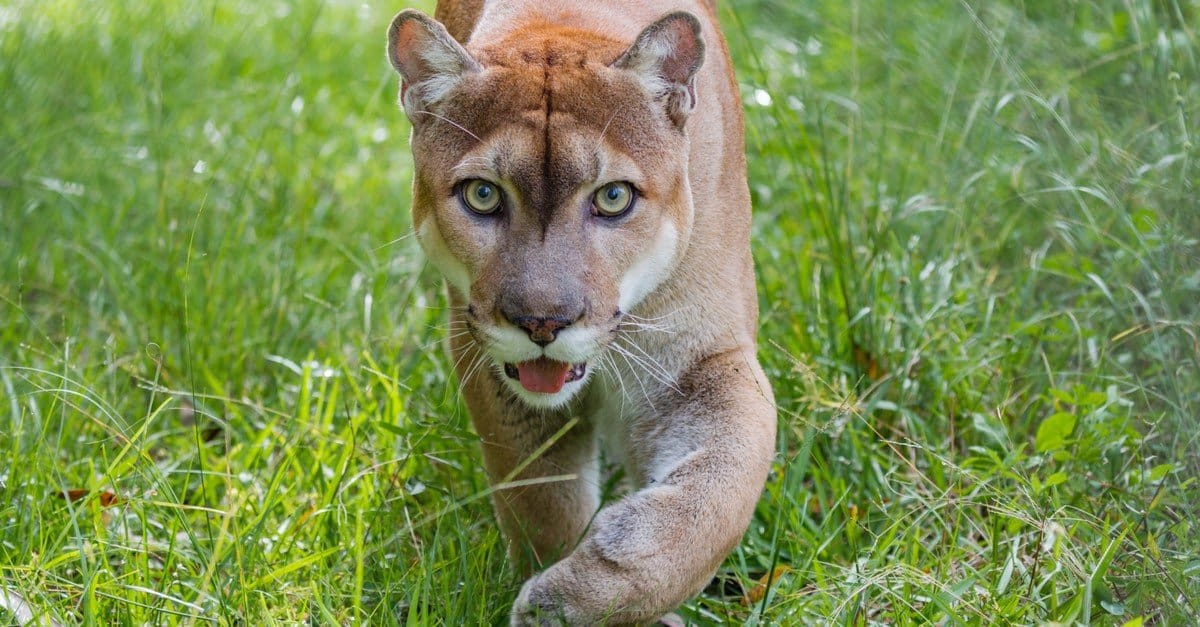
Florida panther
populations have grown from 20 to potentially 230 in the past 50 years.
©jo Crebbin/Shutterstock.com
While there may be thousands of Panthers football fans, there are far fewer actual panthers left in the American southeast. While the Florida panther’s territory doesn’t expand as far north as the sports team, they have been documented throughout Florida and into southern Georgia. Despite this range, it is believed that there are only 120-230 adult Florida panthers left in the wild. The remaining panthers primarily live in protected areas such as Everglades National Park and Big Cypress National Park.
Much like the Amur leopard and other big cats, population numbers are still dangerously low but have rebounded in recent years. In the 1970s, there were only an estimated 20 panthers left in Florida.
8. Amur Leopard
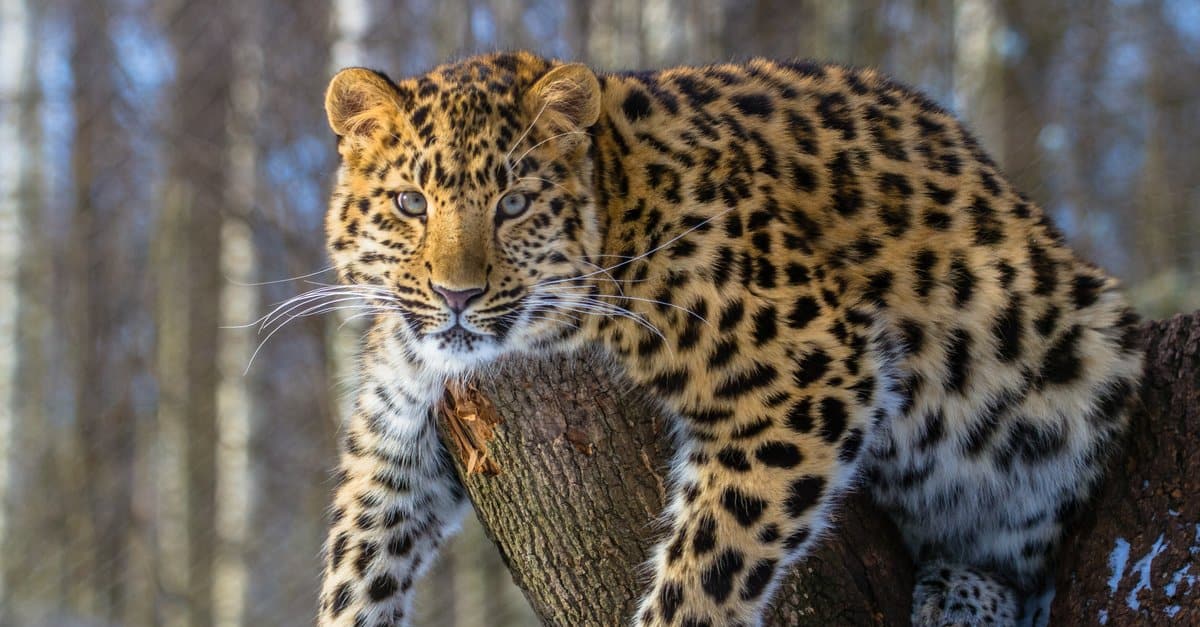
A leopard’s spots are like fingerprints and no two animals have the same pattern.
©Dmitri Gomon/Shutterstock.com
Living along the Amur River at the border of eastern Russia and northern China, Amur leopards are the most endangered of all big cat species. Only around 100 Amur leopards remain in the wild. However, conservationists are optimistic that with proper protection from poaching and habitat loss, the population may be able to rebound. Currently, the existing population contains double the number of females as males, which increases breeding opportunities. While their numbers are still dangerously low, the 100 animals in the wild are up from a mere 30 leopards in the 1970s.
7. Ploughshare Tortoise
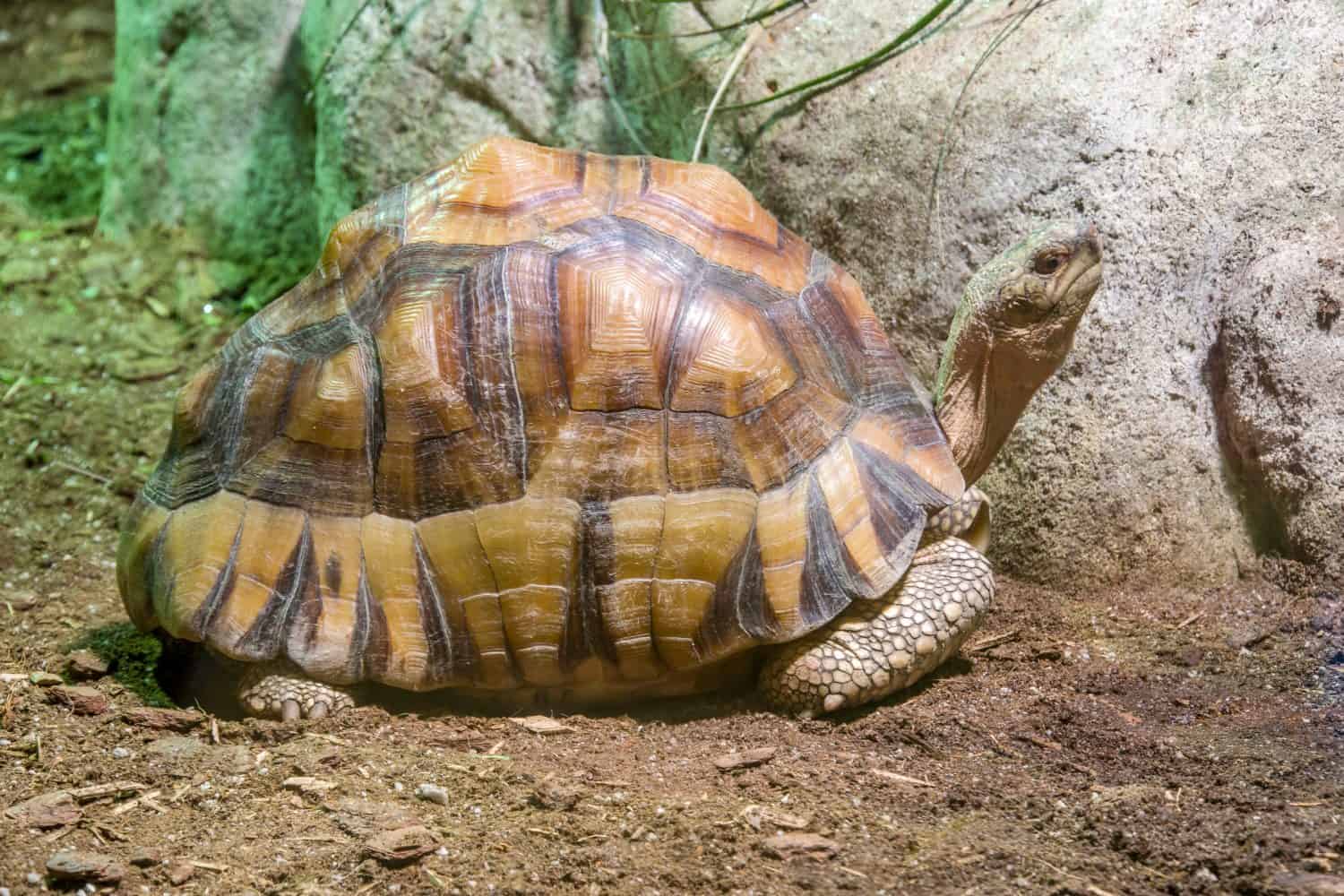
Ploughshare tortoises can live longer than 100 years.
©Danny Ye/Shutterstock.com
Fewer than 100 ploughshare tortoises are left in the wild, in a national park created to protect them. Baly Bay National Park in northwestern Madagascar was founded in 1998 as part of a conservation plan to protect the endangered tortoises. While a captive breeding program released 100 animals back into the wild in 2015, poaching and the illegal pet trade have rapidly reduced the population. Conservation efforts involving hundreds of animals confiscated from the pet trade are now underway in an attempt to re-bolster the wild population.
6. Dusky Gopher Frog
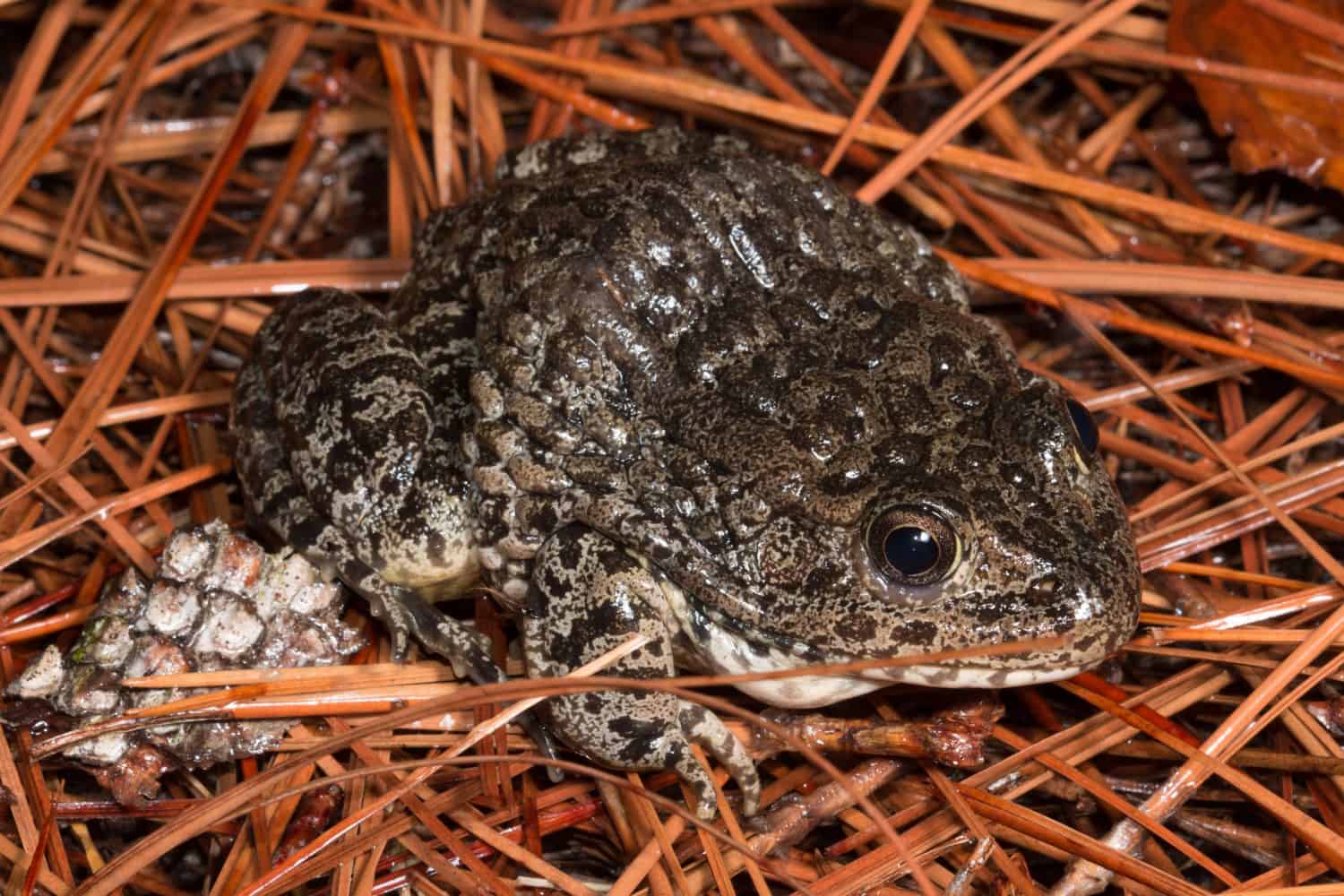
Other names for this frog are the Mississippi gopher frog and St. Tammany gopher frog.
©Nathan A Shepard/Shutterstock.com
The dusky gopher frog (also known as the Mississippi gopher frog) is the most endangered member of the frog family. Endemic to the U.S. Southeast, these gopher frogs spend most of their lives in tortoise burrows underground, emerging in winter to migrate for breeding.
Thanks to the rapid expansion of residential development, the dusky gopher frog’s habitat has all but disappeared. These fragmented populations have also been decimated by disease and infection. As a result, it is estimated that there are only 50-100 of these frogs left in the wild.
5. Yunnan Box Turtle

Yunnan box turtles are found in one location in Yunnan, China.
©Cuora at English Wikipedia - License
For many years, the Yunnan box turtle was believed to be extinct. First discovered in 1906, the last Yunnan box turtle was sighted in 1940. However, in 2004 and 2005, two Yunnan turtles. (a male and a female) appeared in the pet trade in Kunming, China. While there was initial skepticism that they were actually Yunnan box turtles, DNA testing in 2007 confirmed that they were in fact the long-lost species.
Subsequently, a small wild population was discovered in China in 2008. The turtles have only been found in a single location, which is now being monitored by researchers and local wildlife managers. This protection is critical, as there are believed to be less than 50 turtles in the population.
4. Pygmy Three-Toed Sloth
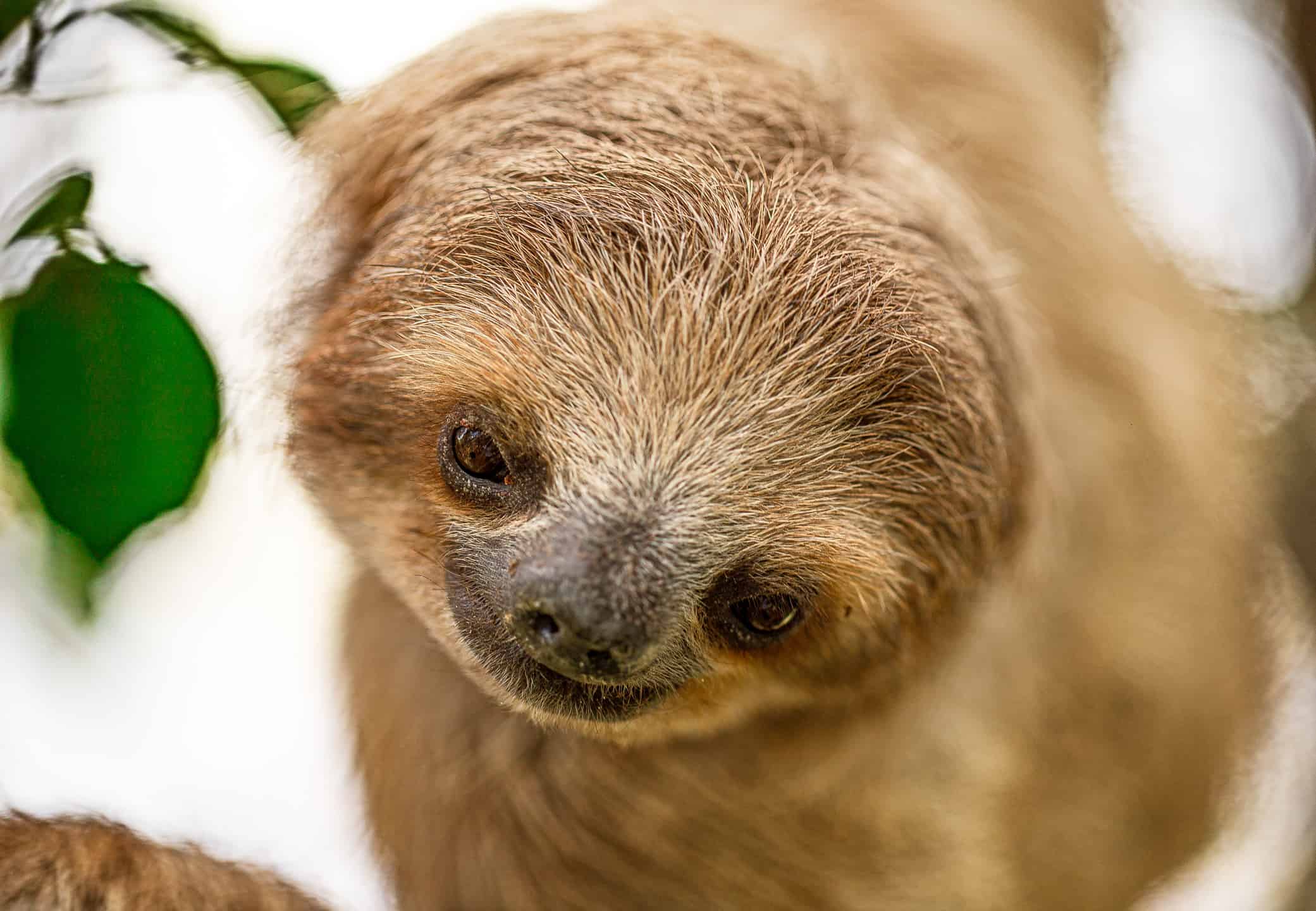
Pygmy three-toed sloths measure just 19-21 inches long.
©Wirestock/iStock via Getty Images
Found only on the island of Escudo de Veragua off the coast of Panama, the pygmy three-toed sloth is much smaller than other sloth species. Weighing just five to seven pounds, these diminutive sloths are at risk of predation from feral cats. Their population has also been affected by habitat destruction and fragmentation, and hunting.
While an estimated 79 sloths were remaining in 2013, recent data shows that there may now be only 48 pygmy three-toed sloths left.
3. Red Wolf
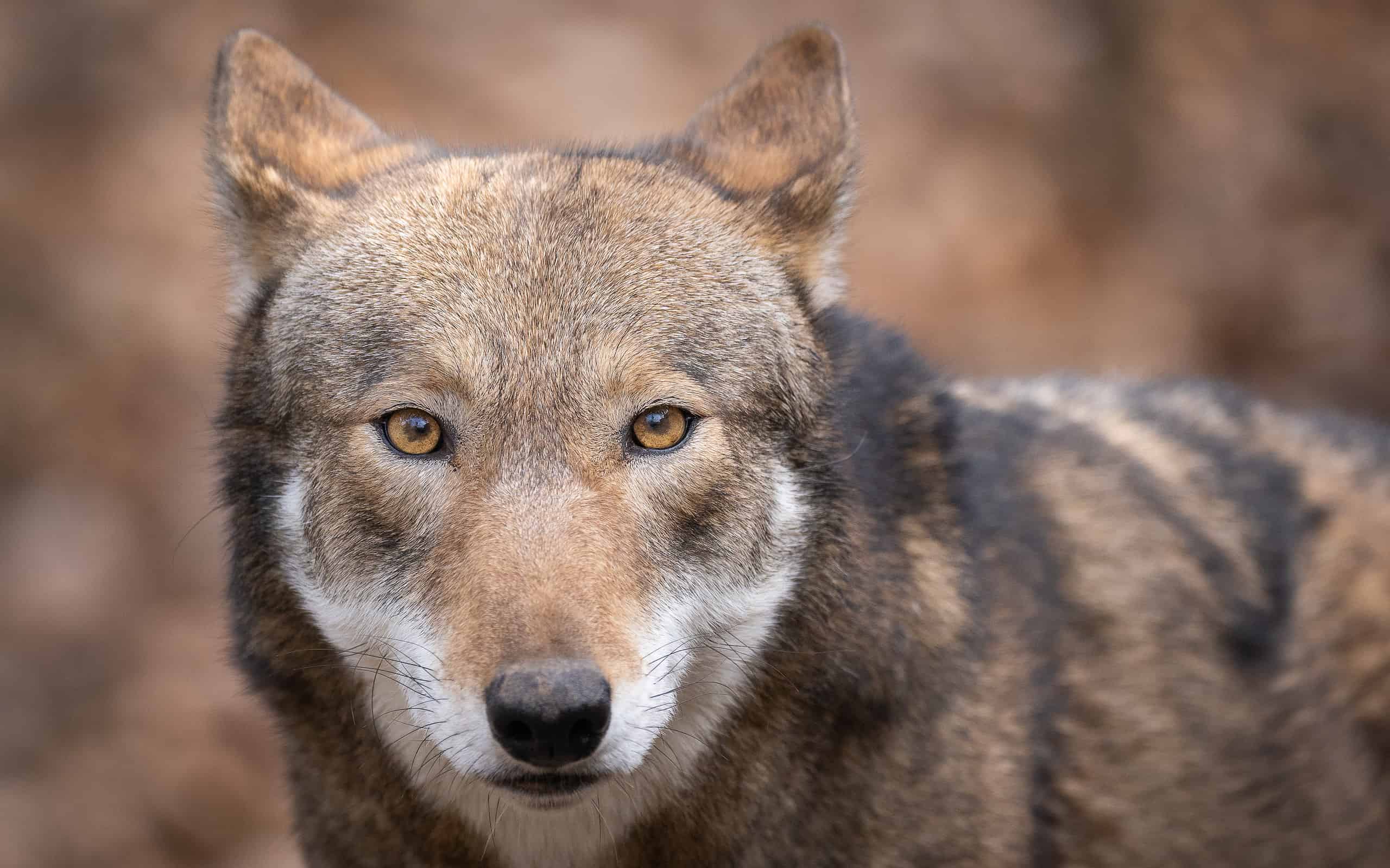
Red wolves can travel up to 30 miles per day in search of food.
©Cavan Images/iStock via Getty Images
Once common throughout the south-central and eastern United States, the red wolf population has faced a dramatic decline due to extensive hunting and habitat loss. Now found only in North Carolina, there are only an estimated 15-17 red wolves left in the wild. Captive breeding programs across the country have been working to avoid the extinction of the species. There are around 241 wolves in these breeding programs, that researchers hope can eventually be reintroduced into the wild.
2. Vaquita
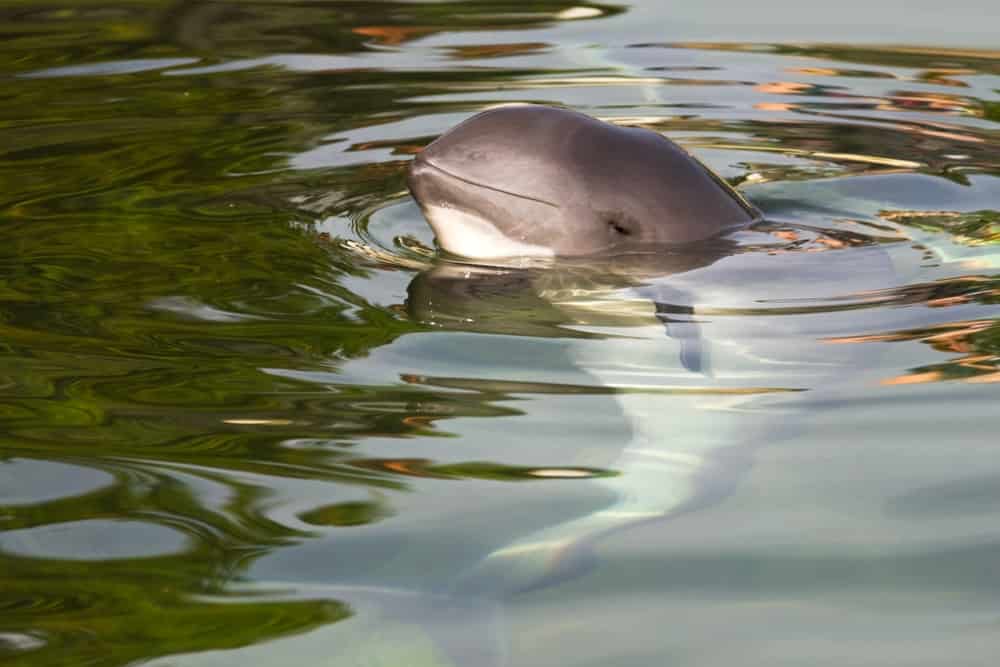
It is believed that only 10 vaquitas are left in the wild.
©Tharuka Wanniarachchi/Shutterstock.com
The petite vaquita is the smallest porpoise species on earth. Measuring just five feet long, these shy porpoises have nearly disappeared from the wild. While there were 200 vaquitas in the wild in 2012, their numbers have dropped drastically to a mere 10 animals left. This makes them the second-most endangered animal on our list. Their population decline is primarily due to entanglement in fishing nets and gillnets of illegal fishery operations in the Gulf of California.
1. Northern White Rhinoceros
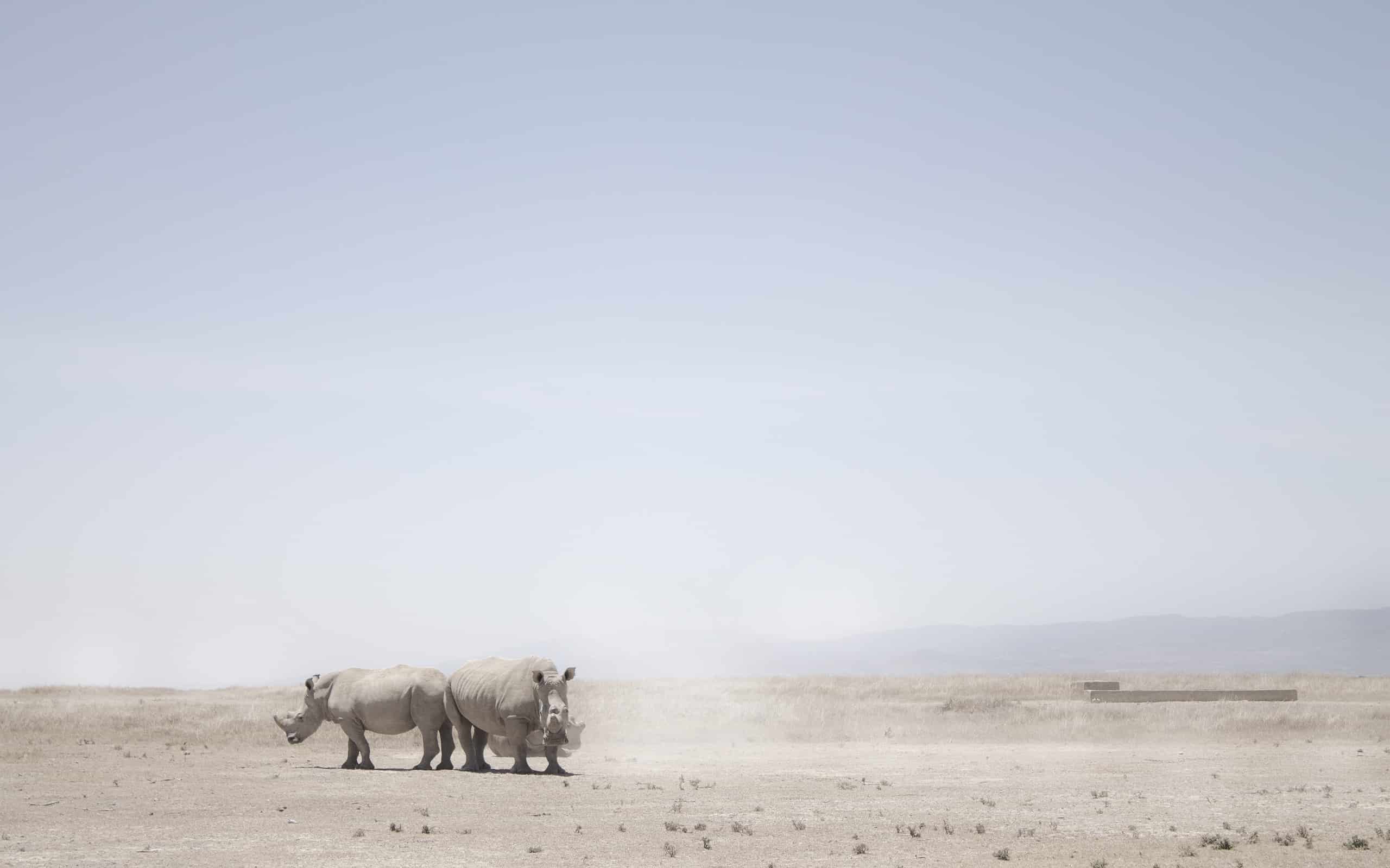
The most endangered animal is the northern white rhino. There are only two left in the world.
©KatWebb/iStock / Getty Images Plus via Getty Images
The sad state of the northern white rhinoceros means there are only two remaining in the entire world. Sudan, the last male northern white rhino, died in 2018, leaving behind Najin and Fatu, the last two remaining females. Since Sudan’s death, the rhino subspecies has been effectively extinct in the wild. This species decline is largely due to overwhelming rates of poaching and illegal hunting.
However, continued efforts to save the subspecies are ongoing. In the spring of 2023, a northern white rhino rescue project run by the BioRescue consortium collected eggs from one of the females. Using saved sperm from two deceased northern white rhino bulls, researchers produced five viable embryos. The research team has identified several Southern white rhino females who may be suitable to act as surrogate mothers. The hope is that these embryos can be successfully implanted and that there will be viable births, with the surrogate mothers raising the young.
The Northern white rhinoceros is not the only rhino subspecies in danger. Only 77 Javan rhinos are estimated to still be alive in the wild. Researchers also estimate that there are only around 80 Sumatran rhinos left in the rainforests of Borneo and Sumatra. Black rhinos are also critically endangered, with around 6,000 left in the wild. All in all, there are only an estimated 27,000 rhinos of all subspecies left in the world.
Summary of 17 Most Endangered Animals
| Rank | Animal | Population |
|---|---|---|
| 1. | Northern white rhinoceros | 2 |
| 2. | Vaquita | 10 |
| 3. | Red wolf | 15-17 |
| 4. | Pygmy three-toed sloth | 48 |
| 5. | Yunnan box turtle | fewer than 50 |
| 6. | Dusky gopher frog | 50-100 |
| 7. | Ploughshare tortoise | fewer than 100 |
| 8. | Amur leopard | 100 |
| 9. | Florida panther | 120-130 |
| 10. | Red-fronted macaw | 134-272 |
| 11. | Kākāpō | 252 |
| 12. | North Atlantic right whale | 350 |
| 13. | Black-footed ferret | 350 |
| 14. | California condor | 559 |
| 15. | Saola | fewer than 750 |
| 16. | Tapanuli orangutan | 800 |
| 17. | Mountain gorrilla | 1,000 |
The photo featured at the top of this post is © KatWebb/iStock / Getty Images Plus via Getty Images
Thank you for reading! Have some feedback for us? Contact the AZ Animals editorial team.



